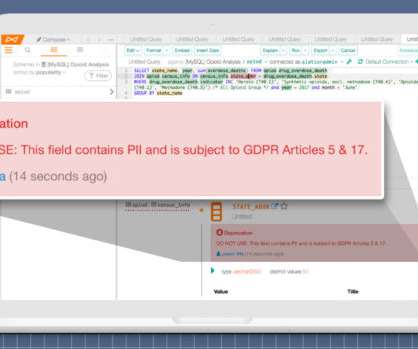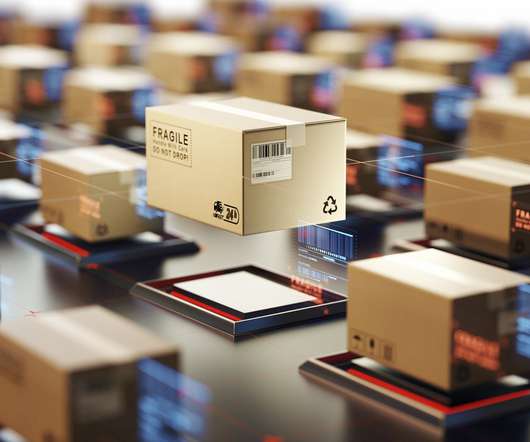Innovative data integration in 2024: Pioneering the future of data integration
CIO Business Intelligence
MAY 8, 2024
In the age of big data, where information is generated at an unprecedented rate, the ability to integrate and manage diverse data sources has become a critical business imperative. Traditional data integration methods are often cumbersome, time-consuming, and unable to keep up with the rapidly evolving data landscape.














Let's personalize your content